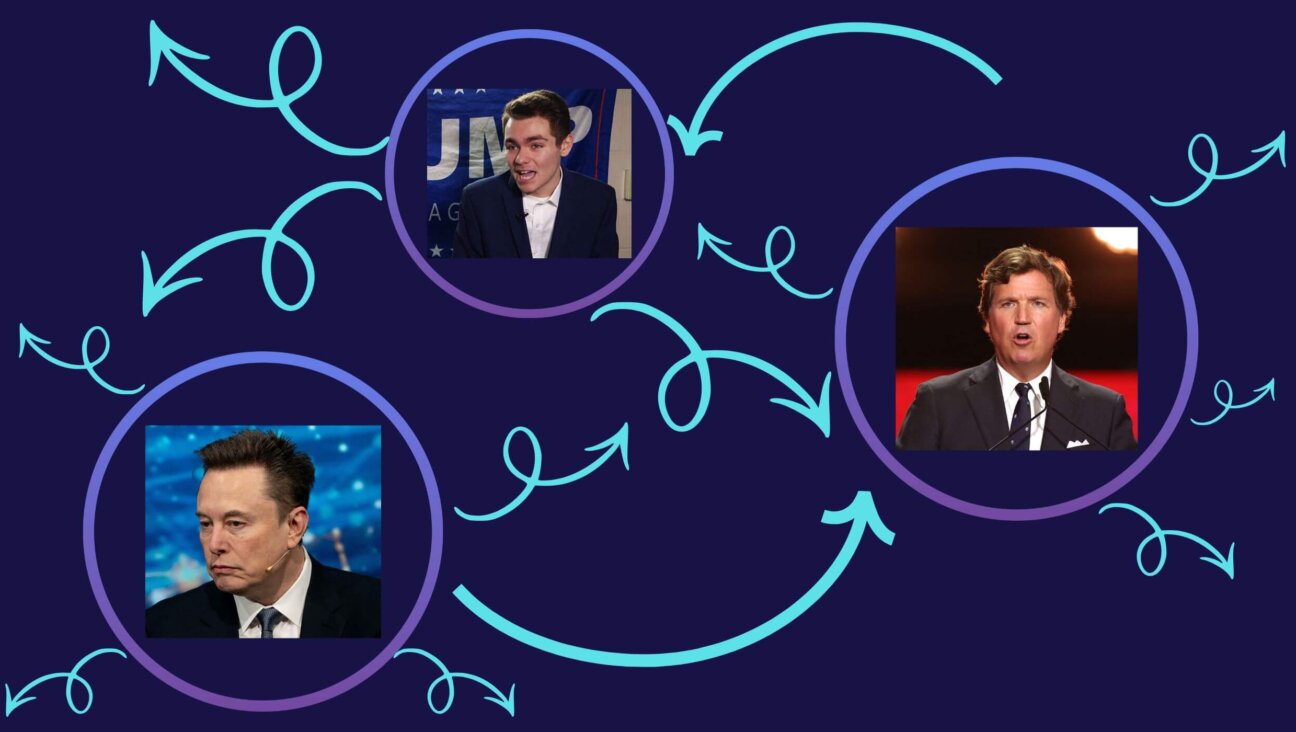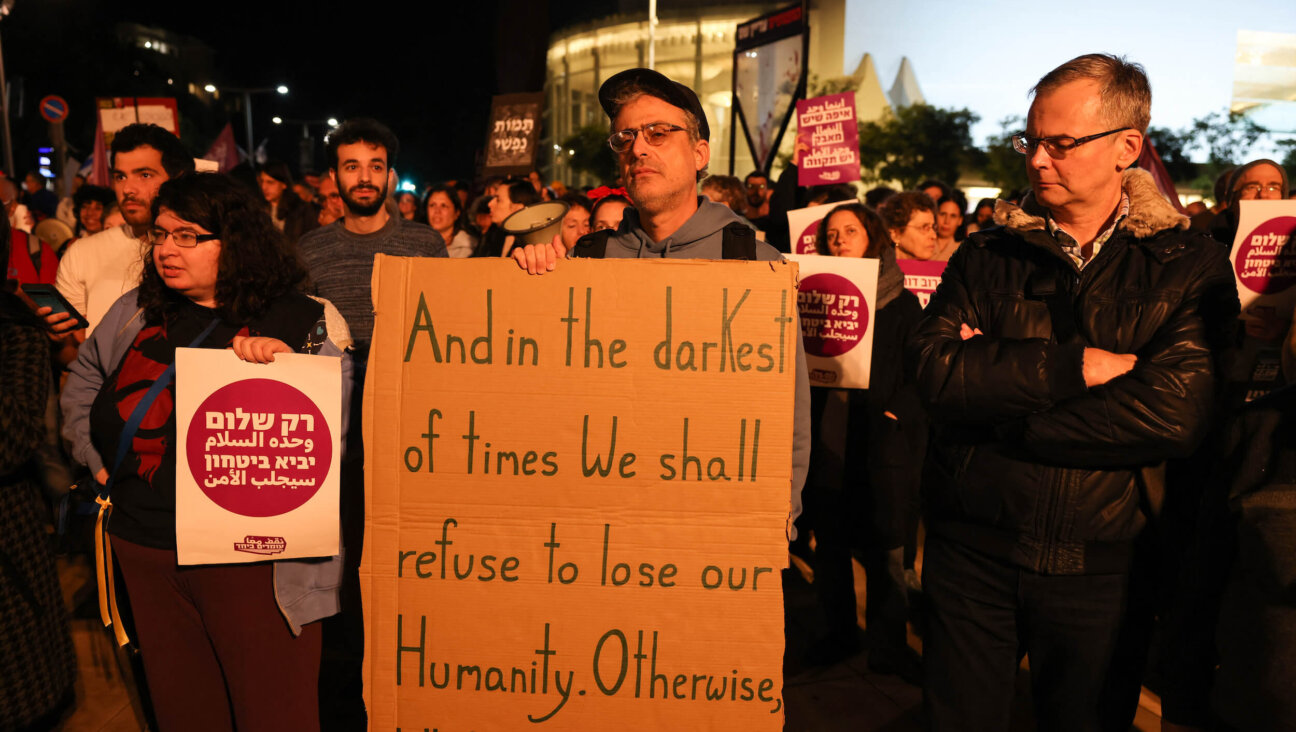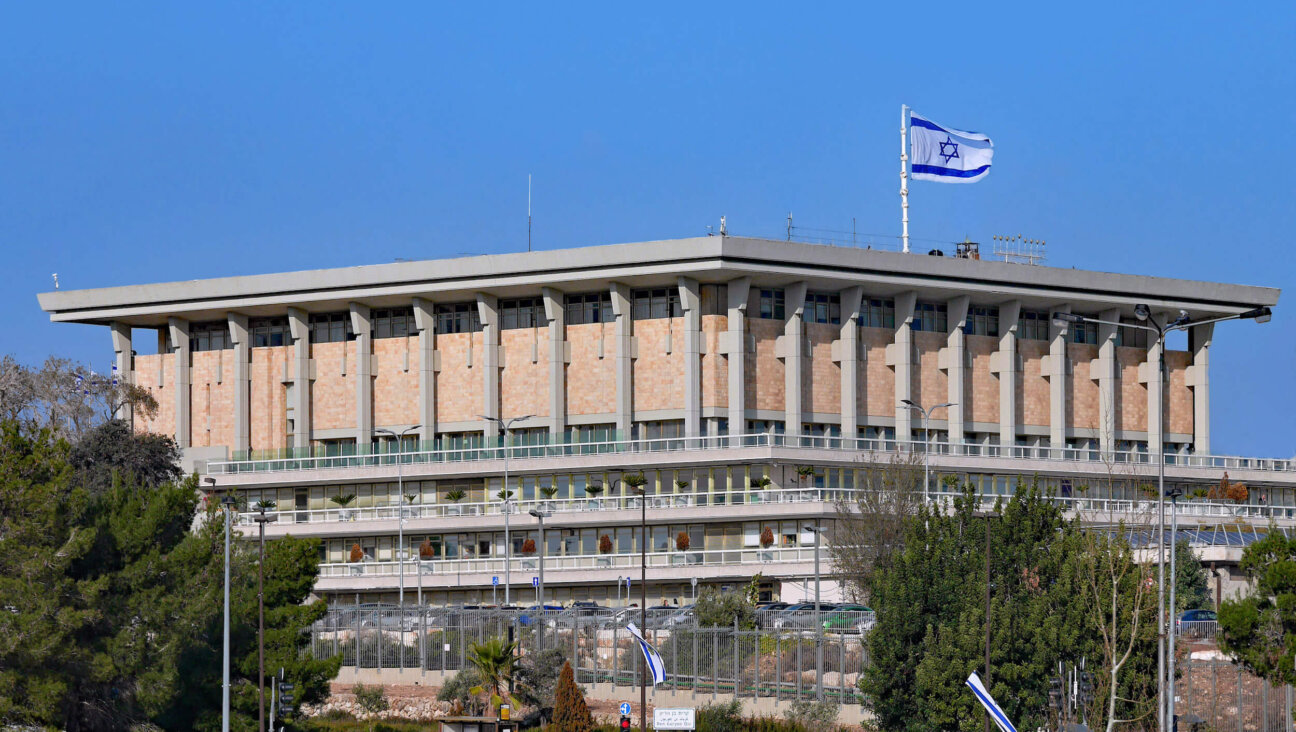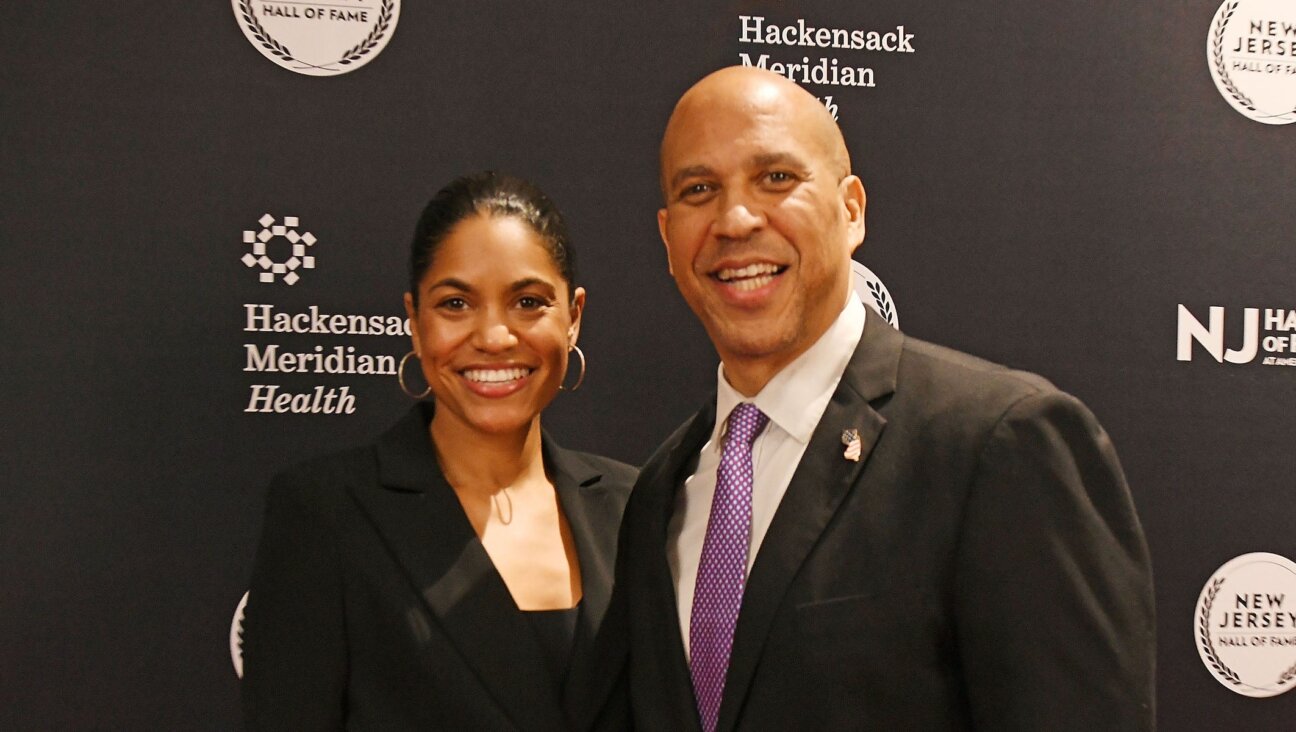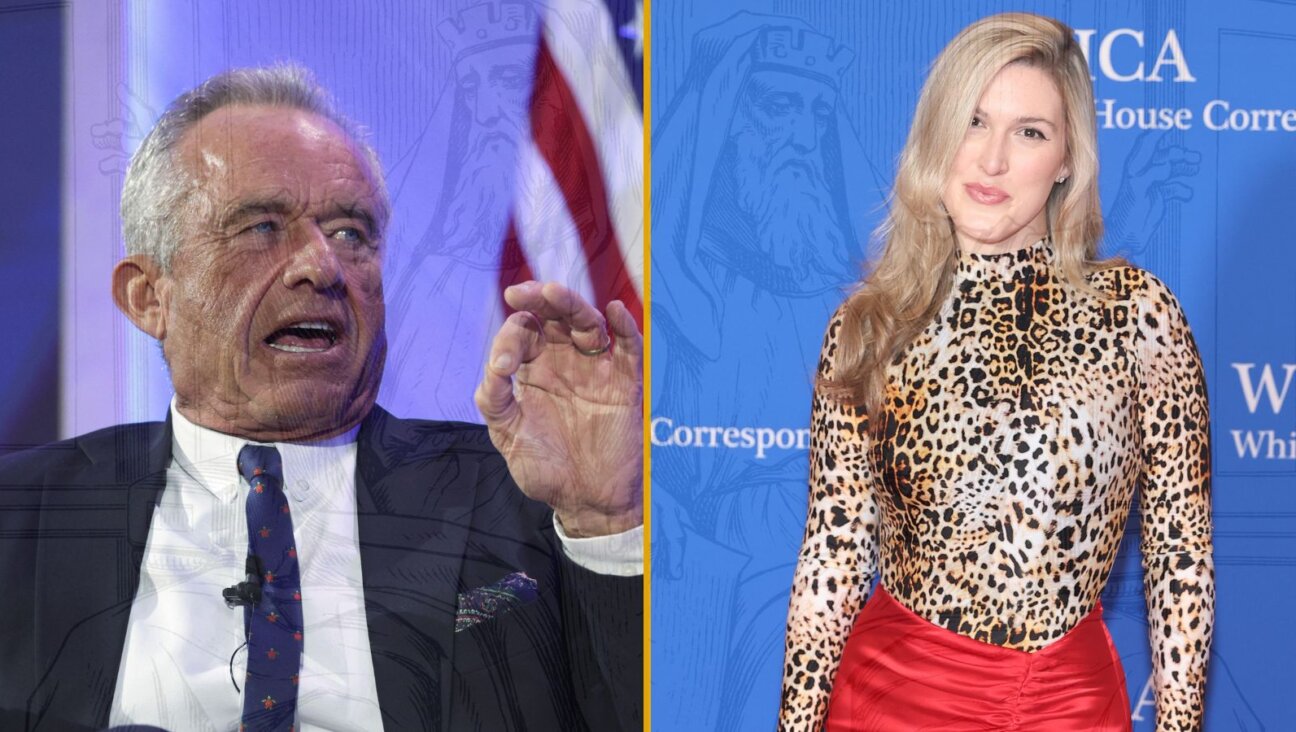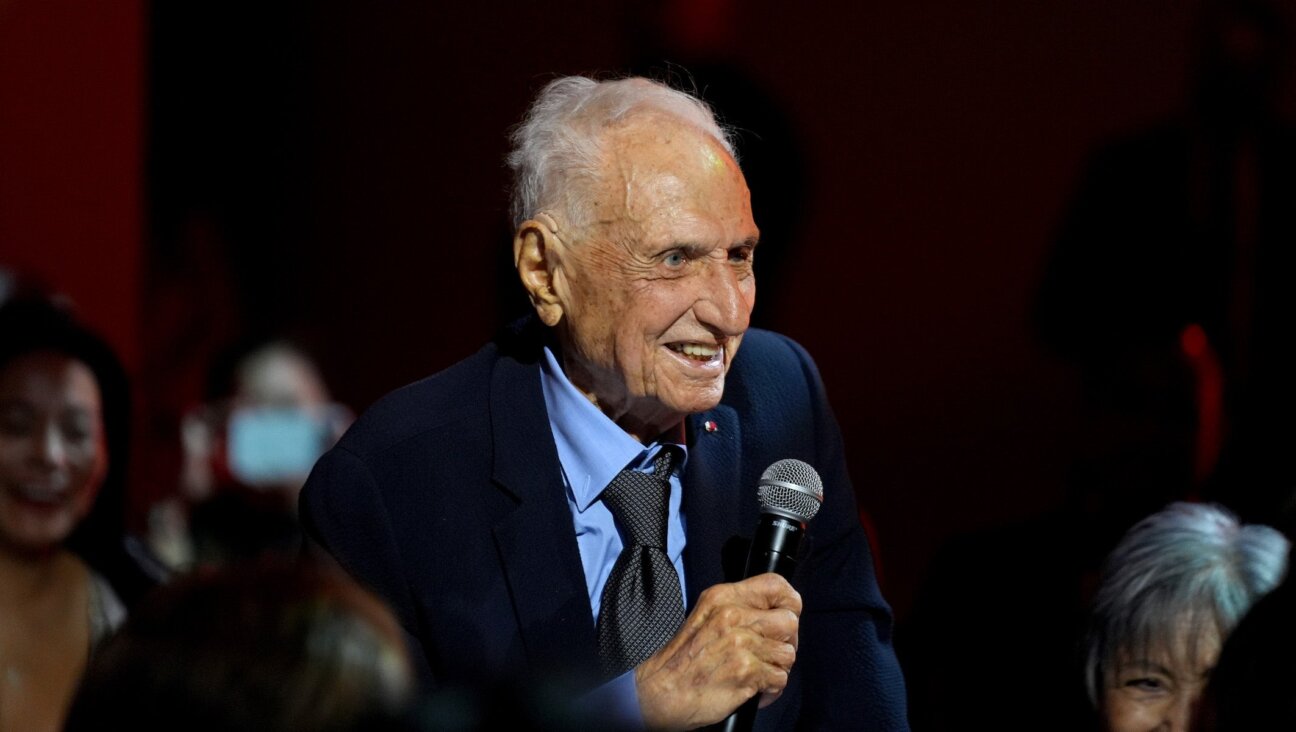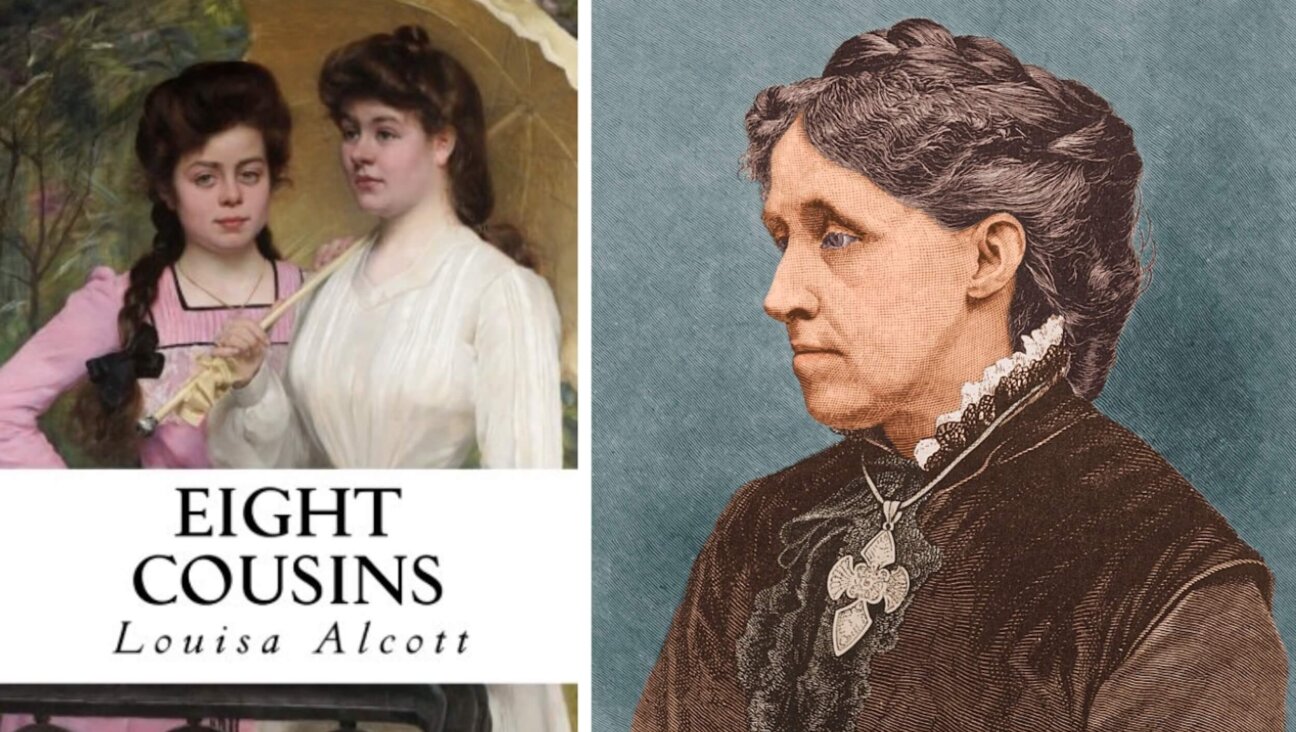A Trumpian parade with soldiers, jets and military vehicles? No tanks.
Trump envies the military spectacle that France perfected, but his ghoulish celebration is the complete opposite
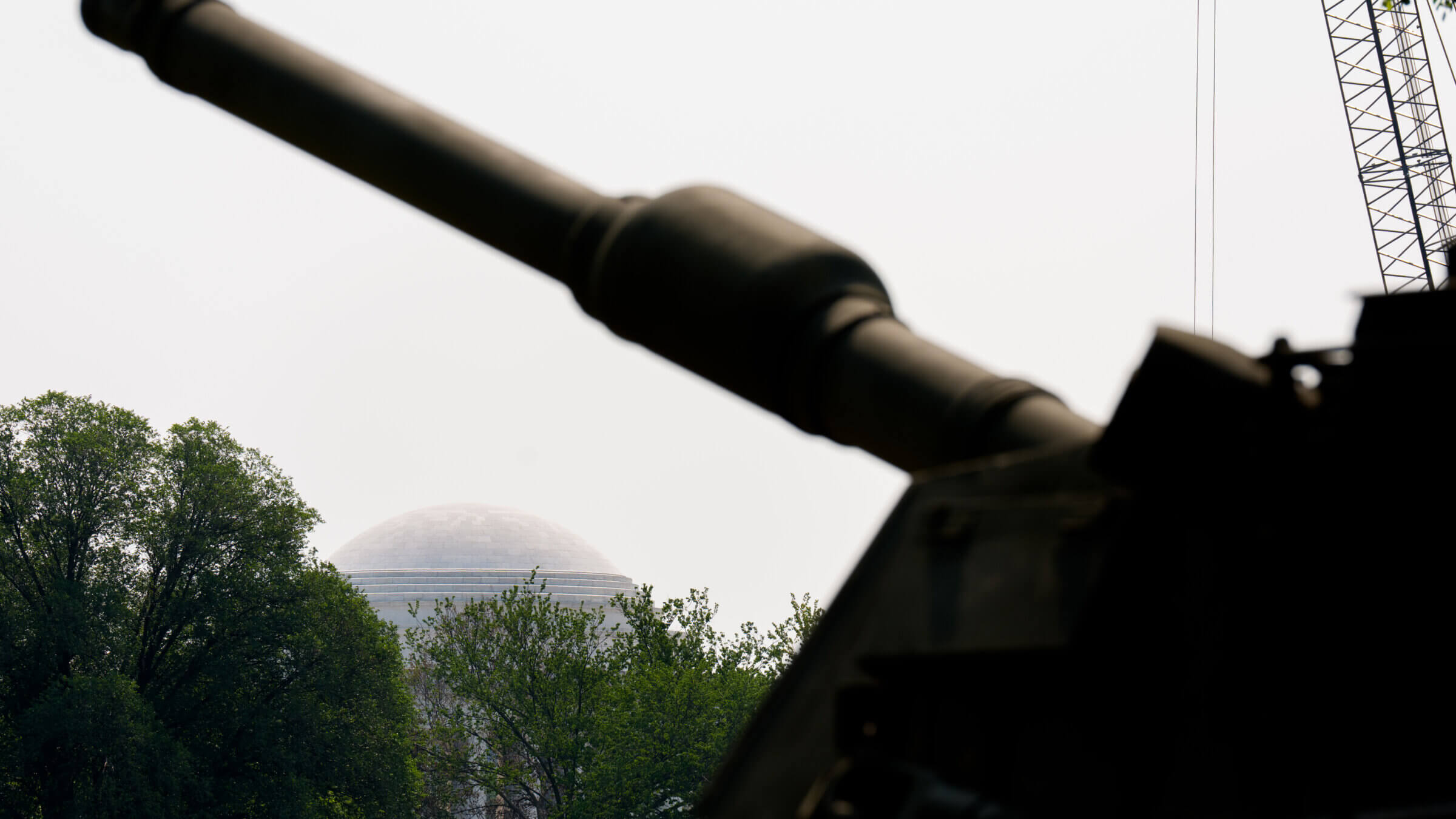
U.S. Army soldiers work on an assortment of tanks to prepare for a military parade. Photo by Getty Images
Soon after he was elected president in 1789, George Washington led a slowly snowballing crowd of followers from Mount Vernon to New York City — the newly-born republic’s temporary capital — commemorating a revolution that overthrew a tyrannical monarchy. On July 14 that same year, Parisians stormed the Bastille fortress, the symbol of yet another tyrannical monarchy, and marked this equally epochal event one year later with a festive parade that surged across the city from the ruins of the Bastille to the Champs de Mars.
Ever since, Americans and French have loved parades that celebrate the revolutions and the republics they wrought. For nearly two and half centuries, Americans have met Benjamin Franklin’s challenge by keeping our republic intact. As for the French, not so much. They are now on their fifth republic, born in 1958 and, though tested, still standing. But like the American republic, this French republic, as with most of its earlier iterations, continues to mark its original birthday with a parade.
Yet there is a vital difference between our parades, and it’s not because singing sounds better in French. Instead, it is a difference that was made manifest in 2018 when then-president Donald Trump, guest of honor at the traditional “Bastille Day” military parade, gawked at the columns of marching soldiers and military vehicles that passed in front of the tribune where he stood.

When it comes to spectacles, Trump believed no one does it better, or deserves it more, than he does. He later told President Emmanuel Macron how impressed he had been, jokingly adding that he was determined “to top” the French parade. But it was not a joke. He told his first secretary of defense, retired general James Mattis, that he wanted a more spectacular July 4th parade, replete with tanks and jets. Horrified, Mattis hemmed and hawed until he finally stepped down from his post over Trump’s military judgment. As he told one of his aides, he would “rather swallow acid” than watch such a spectacle.
Not surprisingly, the current Secretary of Defense, who has a hardened stomach for strong drinks, is overseeing such a parade not for July 4th, but instead June 14. This happens to fall on the birthday of the recently reelected Donald Trump, who will now get the tanks he wanted, and perhaps even the civilian protests he aches to meet with “very hard force.”
Our president’s reasons for a parade have nothing in common France’s reasons for its own parade. The tradition dates not from 1790, but in 1880 by a new democratic government, the Third Republic which made July 14 the national holiday, and sought to revive the nation’s military honor after its defeat in the Franco-Prussian War a decade earlier. So the government held a military parade at the Longchamps horse track in Paris to remind Germany, and the world, that France was again a power to be reckoned with.
A new wrinkle was added after World War I. In 1919, the parade route was moved from Longchamps to Paris’s grand boulevards, where battalions of French and allied soldiers were preceded by more than a thousand horrifically wounded veterans, including the gueules cassées or “smashed faces.” Two million spectators were present, including Prime Minister Georges Clemenceau, who broke into tears and declared, “Those who have seen this day truly lived.”
Less than two decades later, the national unity of wartime had disappeared. In 1936, the first socialist (and Jewish) Prime Minister, Léon Blum, tried to bridge the simmering tensions between the right and left by holding two parades that were nearly mirror images. While the by-now traditional military parade, which Blum attended, took place along the Champs-Élysées in western Paris, a counter march of more than one million working-class Parisians, also joined by soldiers, streamed along the boulevards in the city’s eastern half to celebrate the newly-won 8 hour-work day and social benefits.
Though no military parade took place on July 14 while France was under German occupation in World War II, General Charles de Gaulle, leader of the Free French Forces, held a substitute ceremony in London. By 1958, de Gaulle was back in power in a France again teetering on civil war, due to its bitterly contested colonial war in Algeria. On July 14 that year, the General orchestrated a brilliant military parade to project the legitimacy of the newly-created Fifth Republic, but also to guarantee the republican values and democratic principles dating from 1789.
The parade has since changed to reflect the changing times. During the early 2000s, military regiments from other countries have been included from former foes like Germany, former colonies like Mali and Senegal, and current friends who risk becoming foes like, well, you know. Moreover, the parades have been joined by children’s choirs and even a 250-member dance troupe who released doves into the air at the end of their performance.
Moreover, there is always a contingent from the École Polytechnique, France’s equivalent of MIT, wearing bizarre bicorne hats and throwing off the military school students marching behind them by dropping objects on the Champs-Élsyée. And, as always, contingents of Parisian and provincial firefighters, will bring up the rear with their traditional pickaxes held against one shoulder. (This may be the most popular of contingents, though it’s not clear whether it’s because they save lives or because the parade is over and people can finally party.)
What is clear, though, is that on July 14th the world witnesses a brilliant reenactment of the founding of a republic dedicated in principle, though not always in practice, to the revolutionary values of liberty, equality, and fraternity. What is equally clear, come June 14, the world will witness the exact opposite. Of course, there will be no doves or dancers. Nor will there be firefighters, if only because they will be trying to put out the flames fanned by our current leader whose sole values are power and money. This is one parade that patriotic Americans, regardless of their political affiliation or religious faith, cannot love.

